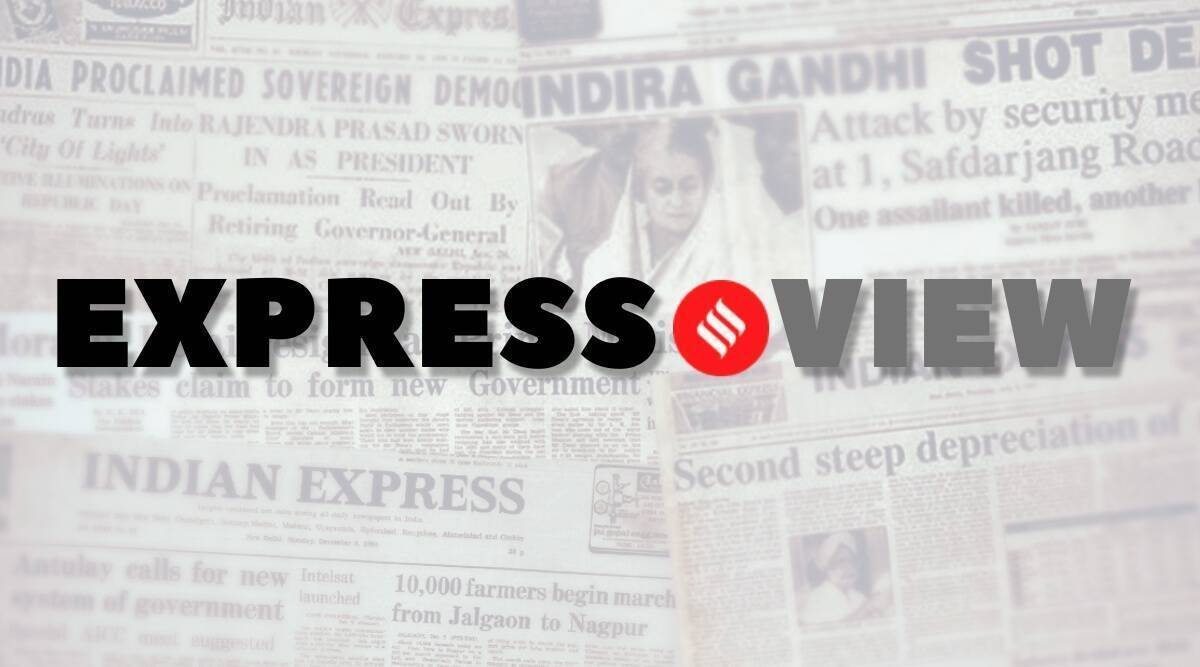On Monday, the Controller General of Accounts released data on government finances for the month of September. Seen in conjunction with data for the previous months, the larger trend that emerges is that Union government tax collections continue to fare better than what was expected. For the first half of the year (April-September), gross tax collections have grown at a robust 18 per cent. In comparison, the Union budget had pegged tax collections to grow just shy of 2 per cent for the full year. The data for the first two quarters of the year only reinforces the view that the tax revenues projected in the budget were conservative, and that actual collections will significantly exceed budgeted expectations. This provides greater fiscal room to both the central as well as the state governments.
The disaggregated data indicates that much of the spurt in taxes has been driven by direct taxes, even as indirect tax growth has held steady. In the first half of the year, direct tax collections have grown at a healthy 24 per cent, with both corporate and income tax collections growing at a fast clip. As per data released by the finance ministry a few weeks ago, net direct tax collections till October 8 had already touched 53 per cent of the budget estimate. On the indirect tax side, while customs and excise collections have been subdued, GST collections have held steady. In fact, on Tuesday, data released by the government showed a sharp sequential uptick with collections touching Rs 1.51 lakh crore in October, driven in part by the festive season. This is the second highest monthly collection since April. However, non-tax collections, including dividends from public sector firms, have been subdued. And while the stake sale in LIC has helped boost government coffers, as total proceeds from disinvestment currently stand at Rs 24,543 crore as against the budgeted target of Rs 65,000 crore, meeting the full year target will be challenging.
On the expenditure side, capital spending continues to drive the Centre’s overall spending. For the first half of the year, central government capex has grown at a staggering pace, especially in key ministries such as railways and road transport and highways. Taking into consideration the spending so far, and the budgeted allocation, Union government capex is likely to grow at a healthy pace for the remainder of the year. If states also fully utilise the interest-free capex loan facility extended by the Centre — disbursals under the scheme remain subdued till now — then overall general government capex could get a significant fillip in the second half of the year. However, higher than budgeted spending on account of food and fertiliser subsidies will exert pressure on government finances, making it challenging to meet the fiscal deficit target for the year.
For more information call us at 9891563359.
We are a group of best insurance advisors in Delhi. We are experts in LIC and have received number of awards.
If you are near Delhi or Rohini or Pitampura Contact Us Here

